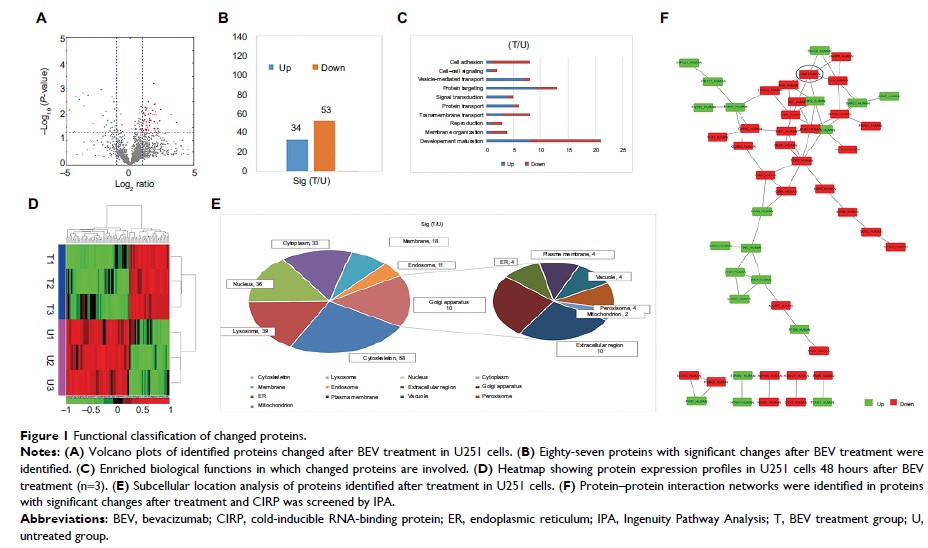108384
论文已发表
注册即可获取德孚的最新动态
IF 收录期刊
- 3.4 Breast Cancer (Dove Med Press)
- 3.2 Clin Epidemiol
- 2.6 Cancer Manag Res
- 2.9 Infect Drug Resist
- 3.7 Clin Interv Aging
- 5.1 Drug Des Dev Ther
- 3.1 Int J Chronic Obstr
- 6.6 Int J Nanomed
- 2.6 Int J Women's Health
- 2.9 Neuropsych Dis Treat
- 2.8 OncoTargets Ther
- 2.0 Patient Prefer Adher
- 2.2 Ther Clin Risk Manag
- 2.5 J Pain Res
- 3.0 Diabet Metab Synd Ob
- 3.2 Psychol Res Behav Ma
- 3.4 Nat Sci Sleep
- 1.8 Pharmgenomics Pers Med
- 2.0 Risk Manag Healthc Policy
- 4.1 J Inflamm Res
- 2.0 Int J Gen Med
- 3.4 J Hepatocell Carcinoma
- 3.0 J Asthma Allergy
- 2.2 Clin Cosmet Investig Dermatol
- 2.4 J Multidiscip Healthc

CIRP 可调节由 BEV 诱导的神经胶质瘤细胞迁移
Authors Liu Y, Zhou JN, Liu K, Fu X, Zhang Z, Zhang QH, Yue W
Received 17 October 2018
Accepted for publication 17 January 2019
Published 11 March 2019 Volume 2019:11 Pages 2015—2025
DOI https://doi.org/10.2147/CMAR.S191249
Checked for plagiarism Yes
Review by Single-blind
Peer reviewers approved by Dr Andrew Yee
Peer reviewer comments 3
Editor who approved publication: Dr Antonella D'Anneo
Purpose: A better
understanding of the underlying molecular mechanisms in treatment failure of
bevacizumab (BEV) for malignant glioma would contribute to overcome therapeutic
resistance.
Methods: Here, we
used a quantitative proteomic method to identify molecular signatures of
glioblastoma cell after BEV treatment by two-dimensional liquid
chromatography-tandem mass spectrometry analysis and 6-plex iTRAQ
quantification. Next, the function of cold-inducible RNA-binding protein
(CIRP), one of the most significantly affected proteins by drug treatment, was
evaluated in drug resistance of glioma cells by invasion assays and animal
xenograft assays. Target molecules bound by CIRP were determined using
RNA-binding protein immunoprecipitation and microarray analysis. Then, these
mRNAs were identified by quantitative real-time PCR.
Results: Eighty-seven
proteins were identified with significant fold changes. The biological
functional analysis indicated that most of the proteins were involved in the
process of cellular signal transduction, cell adhesion, and protein transport.
The expression of CIRP greatly decreased after BEV treatment, and ectopic
expression of CIRP abolished cell migration in BEV-treated glioma cells. In
addition, CIRP could bind mRNA of CXCL12 and inhibit BEV-induced increase of
CXCL12 in glioma cells.
Conclusion: These
data suggested that CIRP may take part in BEV-induced migration of gliomas by
binding of migration-relative RNAs.
Keywords: therapeutic
resistance, proteomics, RNA binding, CXCL12
